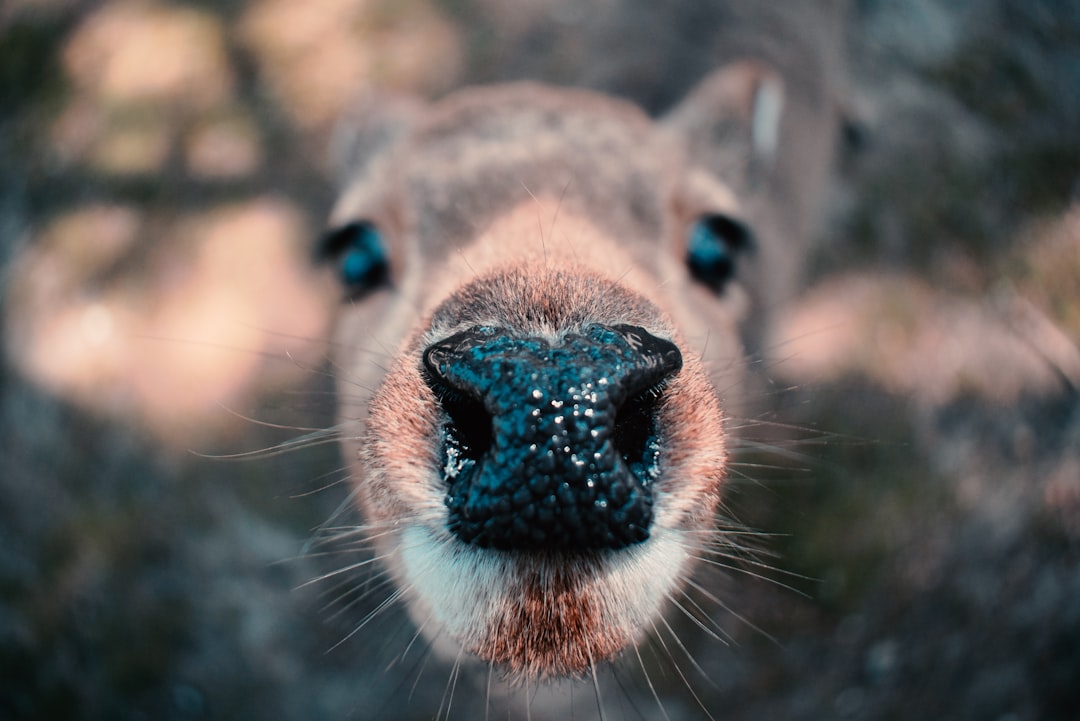What is it about?
Marine animals have gotten bigger over the last 500 million years, but it is unclear whether this is due to living longer or growing faster. Understanding how lifespan and growth vary on Earth’s surface today offers a first step in answering this question. We show that high-latitude bivalves live longer and grow more slowly than those in the tropics. As the poles are thought to harbor ecosystems more like those in the past, our data predict that today’s larger body sizes were achieved through faster growth fueled by higher metabolisms toward the present, a hypothesis to be tested with fossils.
Featured Image
Why is it important?
We describe a latitudinal pattern in both growth rate and lifespan of marine bivalves - with high latitude bivalves growing slower and living longer than their tropical counterparts. Bivalves are some of the longest lived animals on the planet today but very little is know about their lifespans in the fossil record. Our study lays the groundwork to explore just that by providing a first order control on life history parameters.
Read the Original
This page is a summary of: Lifespan, growth rate, and body size across latitude in marine Bivalvia, with implications for Phanerozoic evolution, Proceedings of the Royal Society B Biological Sciences, August 2016, Royal Society Publishing,
DOI: 10.1098/rspb.2016.1364.
You can read the full text:
Contributors
The following have contributed to this page










